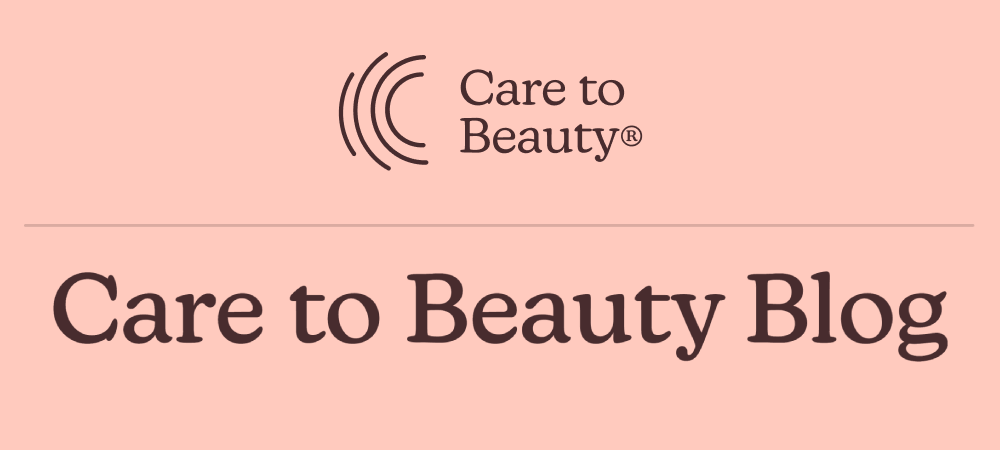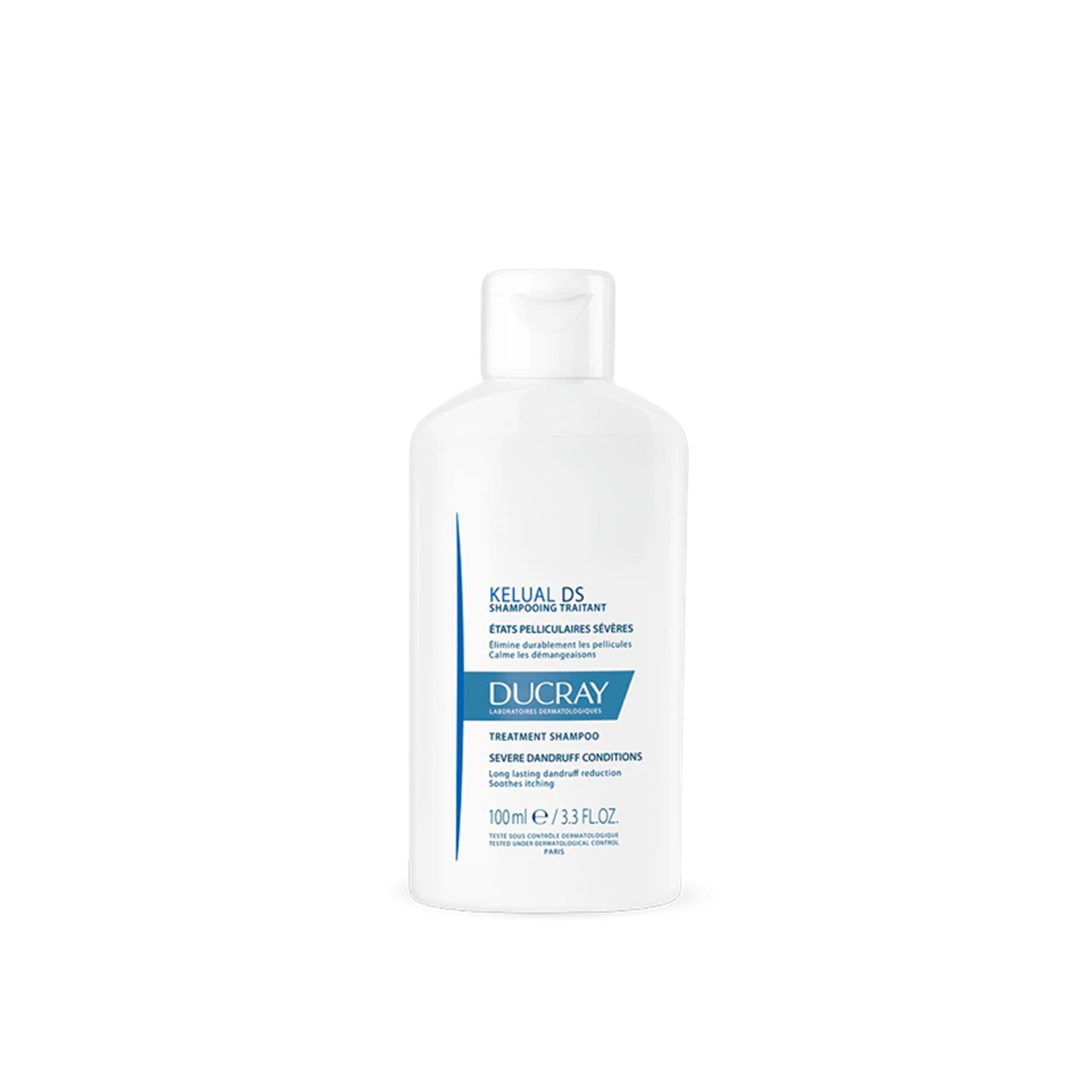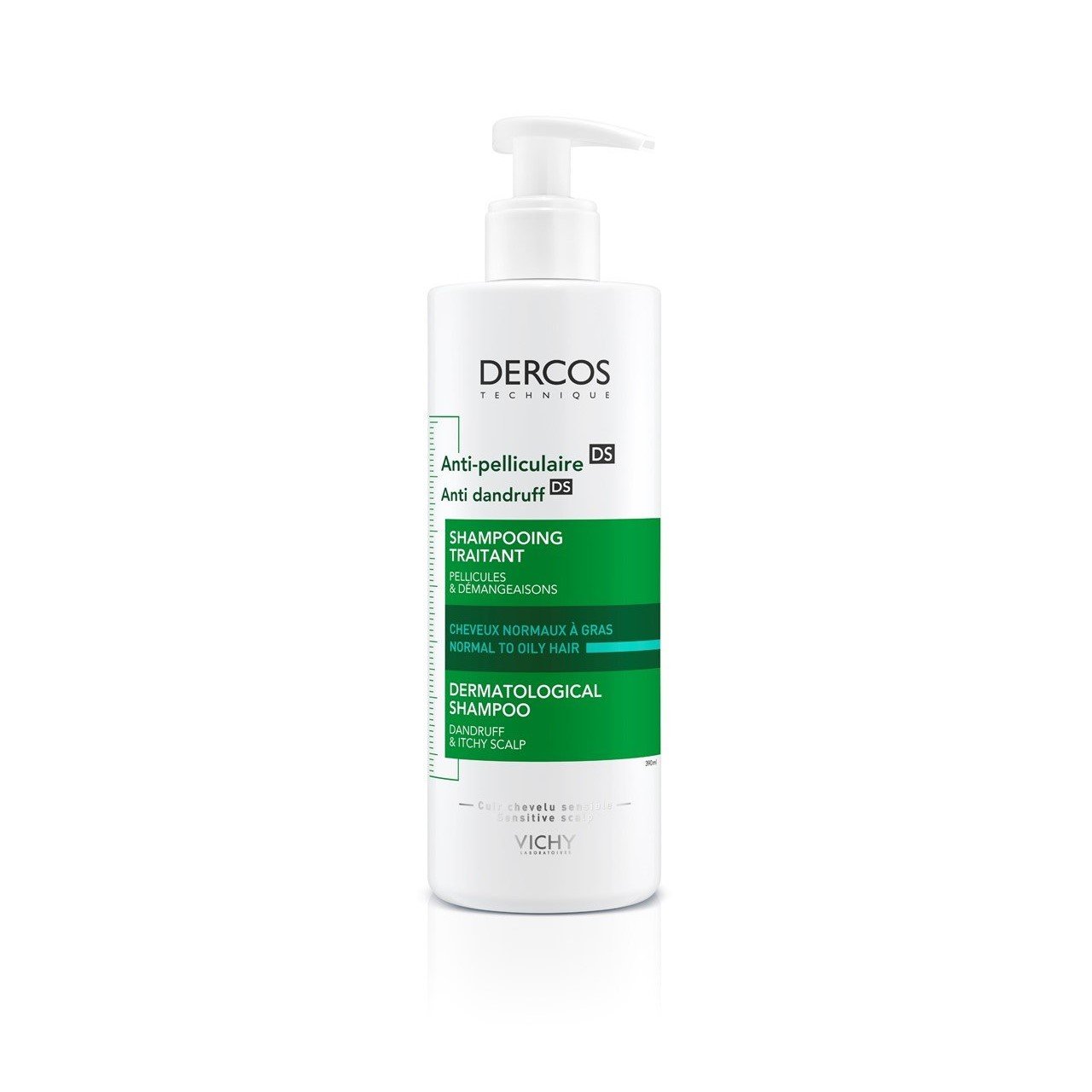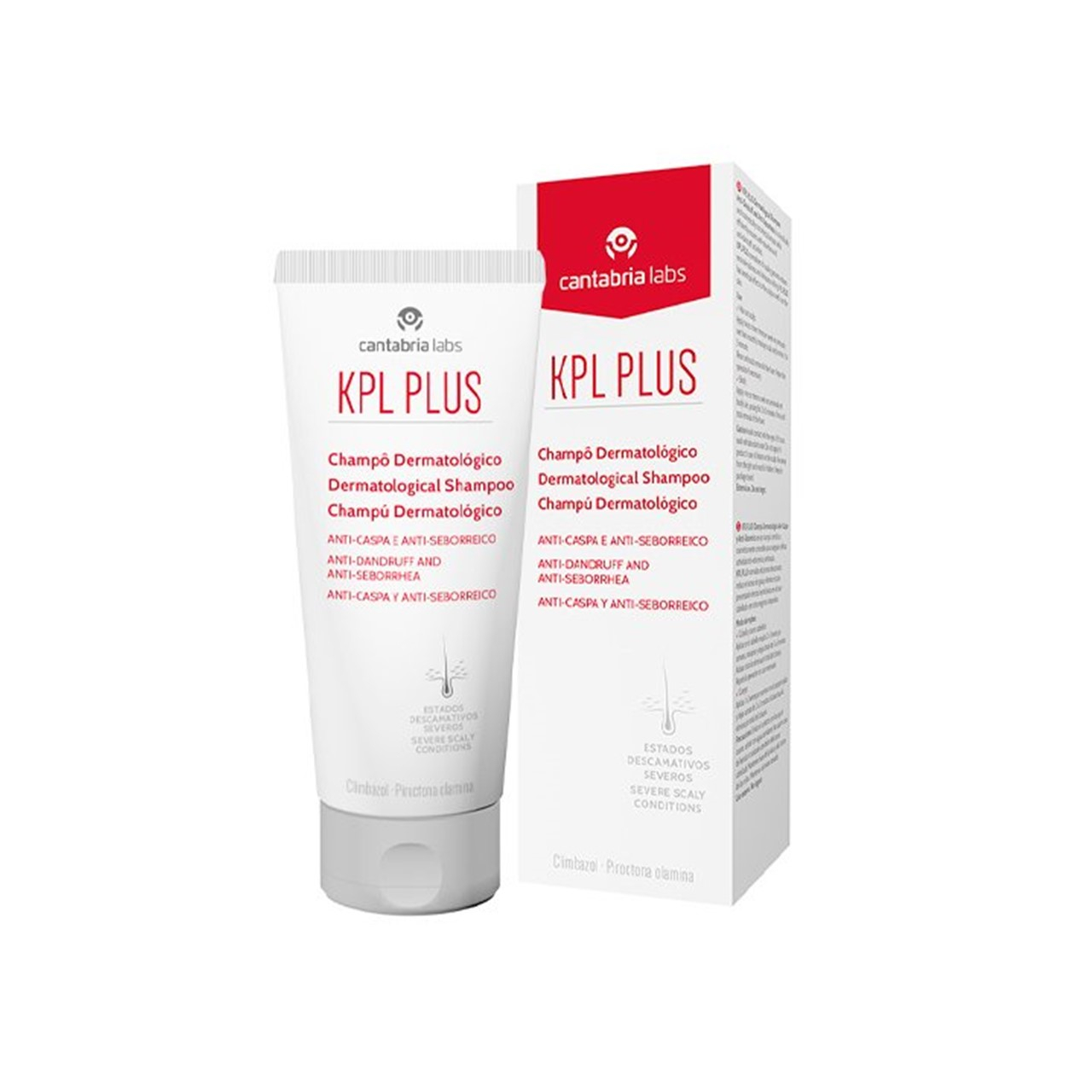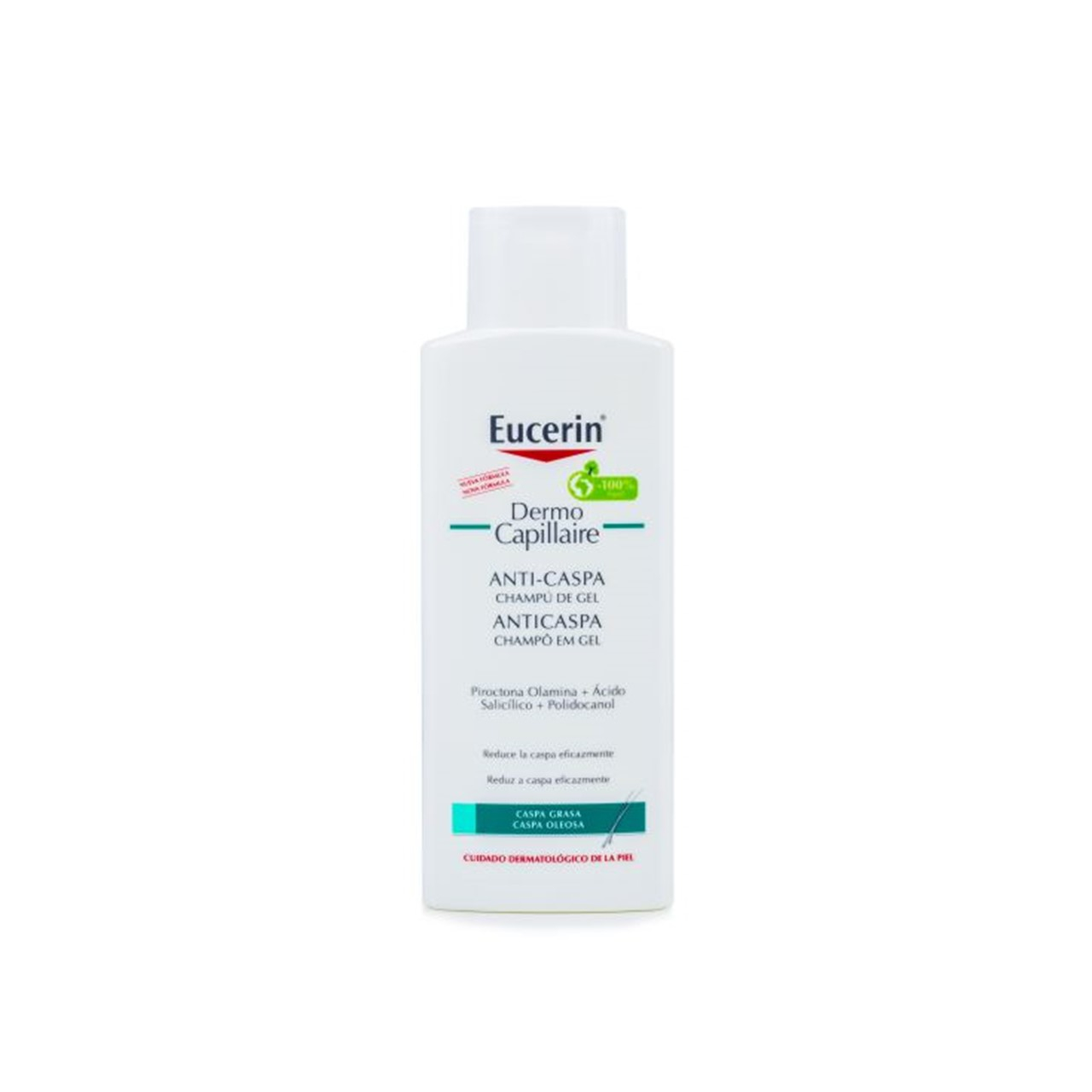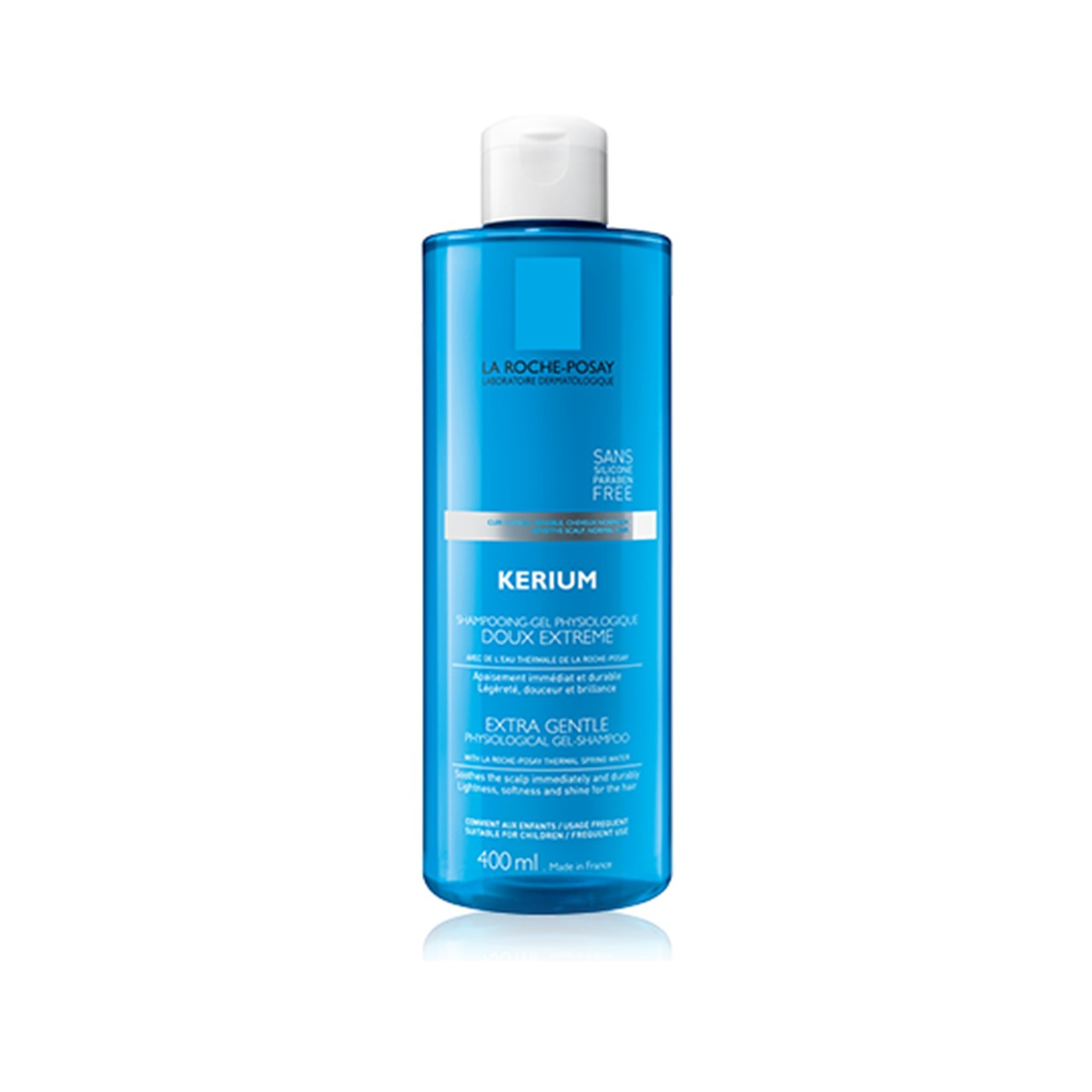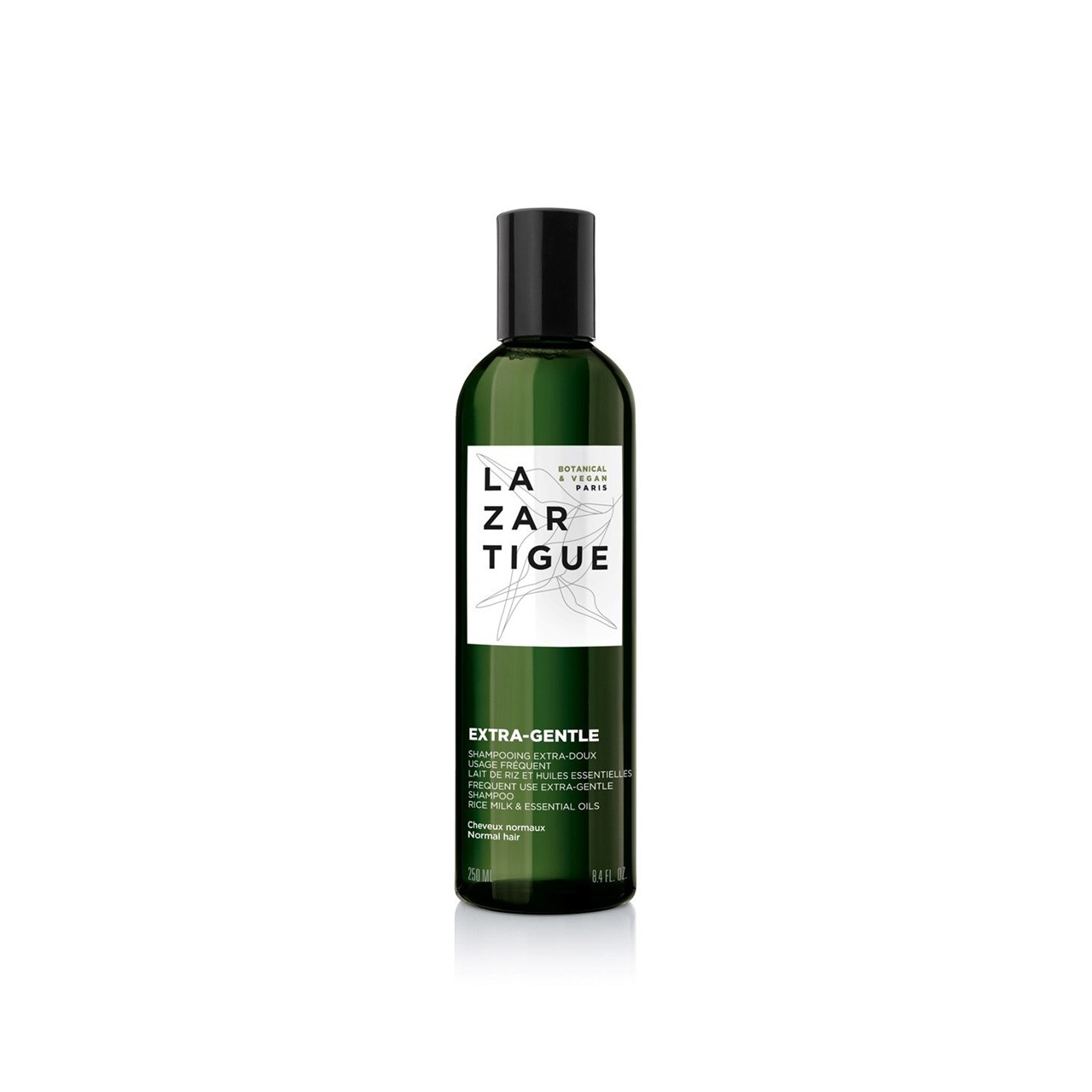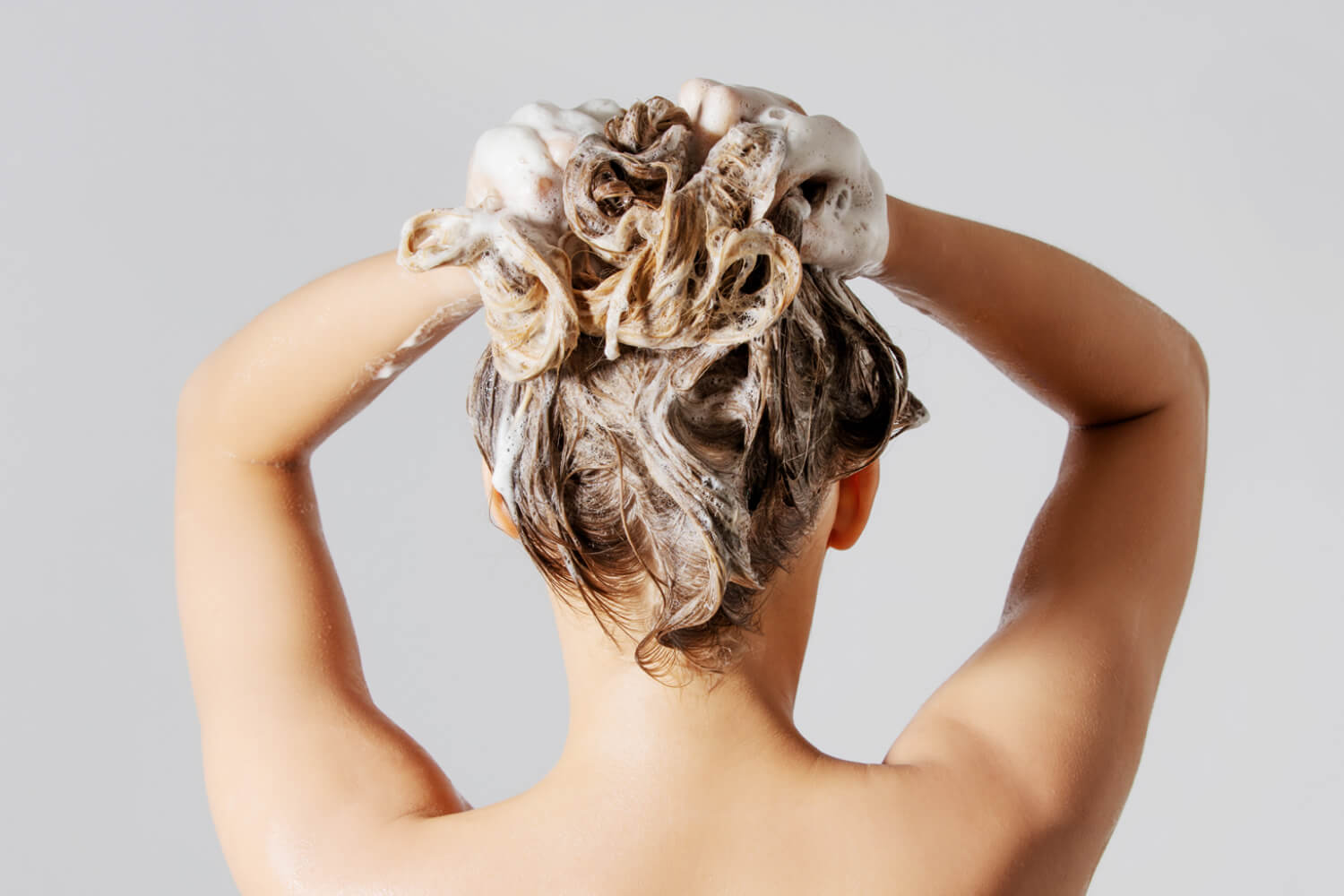
Itching, discomfort, irritation, and those dreaded flakes: dandruff is one of the most annoying hair concerns to have, but it’s surprisingly common. In mild cases, treatment is relatively simple and consists of using an anti-dandruff shampoo–but what if you just can’t make it work for you? We’re here to help out. Today, we’re looking into the inner workings of anti-dandruff shampoos and guiding you through how to use them effectively.
But first, some basics:
What is dandruff shampoo?
A dandruff shampoo, or anti-dandruff shampoo, is a shampoo specifically formulated to remove dandruff flakes and soothe the scalp in cases of itching, discomfort, and irritation. At the same time, it helps control the conditions that lead to the development of dandruff–namely, limiting the development of the Malassezia fungus, which lives naturally on the scalp but can, in specific situations, trigger dandruff.
How does dandruff shampoo work?
Anti-dandruff shampoos work through the use of specific ingredients that target dandruff and its causes, such as piroctone olamine, pyrithione zinc, selenium sulfice, or salicylic acid, among others. At the same time, the very act of massaging the shampoo into the scalp is beneficial, as it helps to loosen and dislodge dandruff flakes and improve scalp circulation.
What are the active ingredients in dandruff shampoo?
| Active Ingredient | Function |
|---|---|
| Piroctone olamine (find it in the Ducray Kelual DS Shampoo) |
Antifungal |
| Zinc pyrithione | Antifungal |
| Selenium disulfide (find it in the Vichy Dercos Anti-Dandruff DS Shampoo) |
Antifungal |
| Ketoconazole | Antifungal |
| Ciclopirox olamine (find it in the Ducray Kelual DS Shampoo) |
Antifungal |
| Climbazole (find it in the KPL Plus Anti-Seborrheic Anti-Dandruff Shampoo) |
Antifungal |
| Salicylic acid (find it in the Eucerin DermoCapillaire Anti-Dandruff Gel Shampoo) |
Keratolytic |
How long does dandruff shampoo take to work? Does it work instantly?
Depending on the severity of each case of dandruff, and the strength of each anti-dandruff shampoo, it’s possible that some people will be able to see visible a visible reduction in dandruff flakes after just a couple of washes with anti-dandruff shampoo.
However, it’s important to keep in mind that anti-dandruff shampoos, as we have seen, work largely through an antifungal action, which inhibits the growth of the Malassezia fungus and, thus, reduces dandruff. For this reason, it’s very common for the most dramatic effects of the anti-dandruff shampoo to take a few weeks to become truly visible.
How to properly use dandruff shampoo
It’s not that uncommon to hear complaints along the lines of “my anti-dandruff doesn’t work at all”. While these complaints may be due to some incompatibility between the product and the person using it, or due to a dandruff misdiagnosis, sometimes they’re a consequence of a misuse of the shampoo.
In this section, we’ll explain how you should use your anti-dandruff shampoo in order to achieve the best possible results:
How do you apply dandruff shampoo correctly?
If we wanted to keep this really, really short, we could just tell you that anti-dandruff shampoo isn’t all that different from regular shampoo—however, there’s a key difference that many people overlook when using this kind of product. To help you get the best results out of your anti-dandruff shampoo, we’ll guide you through every step of the process:
The first thing you have to do before using your anti-dandruff shampoo is, of course, to wet your hair. Then, dispense some shampoo into your hands and apply it to your scalp. This is key! You’re supposed to apply anti-dandruff shampoo to your scalp, but not necessarily to the ends of your hair. As we’ve seen, dandruff is often caused by fungal growth in your scalp—whatever’s going on with the ends of your hair has nothing to do with it.
Once you’ve applied the shampoo, massage it gently into your scalp using the pads of your fingers—not your nails! This will help you dislodge and loosen dandruff flakes and make it easier to rinse them off later.
Now, this is where things often get confusing: once you’ve lathered the shampoo and created a bit of a foam, you have to leave it on your scalp for a couple of minutes. This should give the active ingredient in the formula enough time to target fungal growth and help you on your way to a dandruff-free head of hair. Make sure to read the instructions on your specific product to figure out how long you should leave it on your scalp.
Following application, make sure to rinse your hair thoroughly. You’re done!
How long should you leave dandruff shampoo on the scalp?
As we’ve mentioned, you should leave your anti-dandruff shampoo on your scalp for a couple of minutes before rinsing it off. The exact amount of time will depend on each specific product, so make sure to check the instructions on the back of your shampoo bottle to make sure you’re doing everything right.
How often should you use dandruff shampoo? Can you use it daily?
How often you use your anti-dandruff shampoo will depend on how well your scalp adapts to the product–as a general rule, though, using a targeted dandruff shampoo two to three times a week should work well for most people.
If you wash your hair daily, you can use a mild frequent use shampoo on the days you’re not applying the anti-dandruff formula.
Should you use regular shampoo after your dandruff shampoo?
This is a bit of a controversial issue: should you be using a regular shampoo after your anti-dandruff shampoo? For many people, this question comes from personal experience, as they find that a lot of dandruff shampoos can be quite drying—this makes sense, of course, as they’re trying to minimize fungal growth on the scalp by minimizing sebum.
It’s worth questioning, however whether your anti-dandruff shampoo is drying out your scalp or your hair, because these are two different problems with two different solutions.
If you find that your anti-dandruff shampoo is drying out your scalp, you may want to consider setting it aside and trying a more gentle anti-dandruff shampoo, and see whether that solves the issue. You can also try—and this tends to be our favorite solution—to use your anti-dandruff shampoo only on every other wash, instead of every single time you wash your hair. Invest in a mild shampoo for frequent use and alternate between the two; that should keep your scalp happier!
If you find that it’s your hair that’s getting dry after applying your anti-dandruff shampoo, then you may want to look into how you’re applying it. As we’ve mentioned above, anti-dandruff shampoo isn’t supposed to go on the lengths and ends of your hair—it’s meant to stay on the scalp, which is where fungal growth actually happens.
So, to summarize: should you be using a regular shampoo after your anti-dandruff shampoo? We don’t recommend using both on the same wash, no, but we think it can be beneficial to alternate between them on different washes. Try it out and see how your hair feels!
Should you use conditioner after your dandruff shampoo?
If you find that your anti-dandruff shampoo dries out your hair—or if you just can’t fathom washing your hair without applying conditioner afterwards–, then yes, you can 100% apply conditioner after anti-dandruff shampoo.
The key is to make sure you only apply the conditioner to the lengths and ends of your hair, so you don’t disturb the scalp and allow your anti-dandruff shampoo to do its job. If you do things right, these two products shouldn’t counteract each other too much, and you should still be able to get out of the shower with soft, supple, and easily detangled hair.
Now that you know how to use your anti-dandruff shampoo to achieve visible results as quickly as possible, make sure to look through our full selection of anti-dandruff shampoos and scalp treatments. From pre-shampoos to scalp lotions, we have everything you need to achieve a flake-free scalp!
Beauty Writer & Editor

